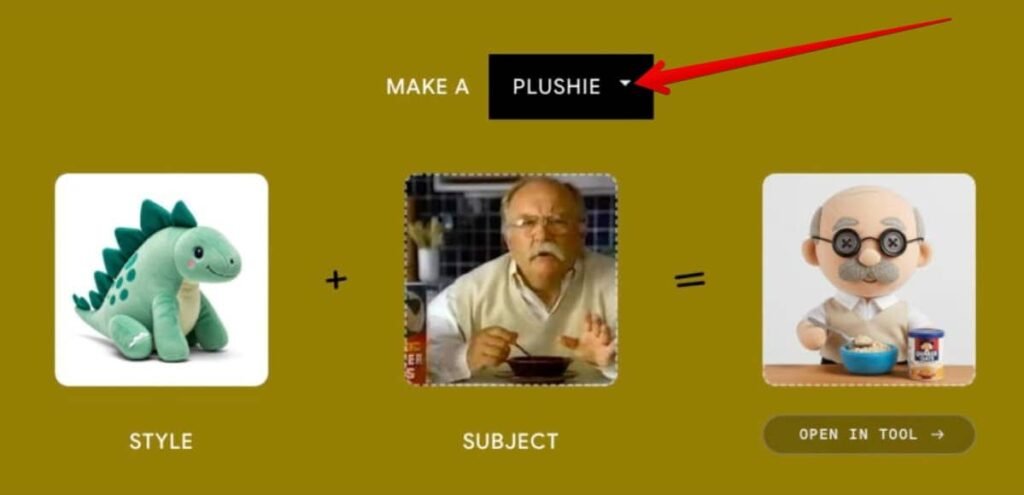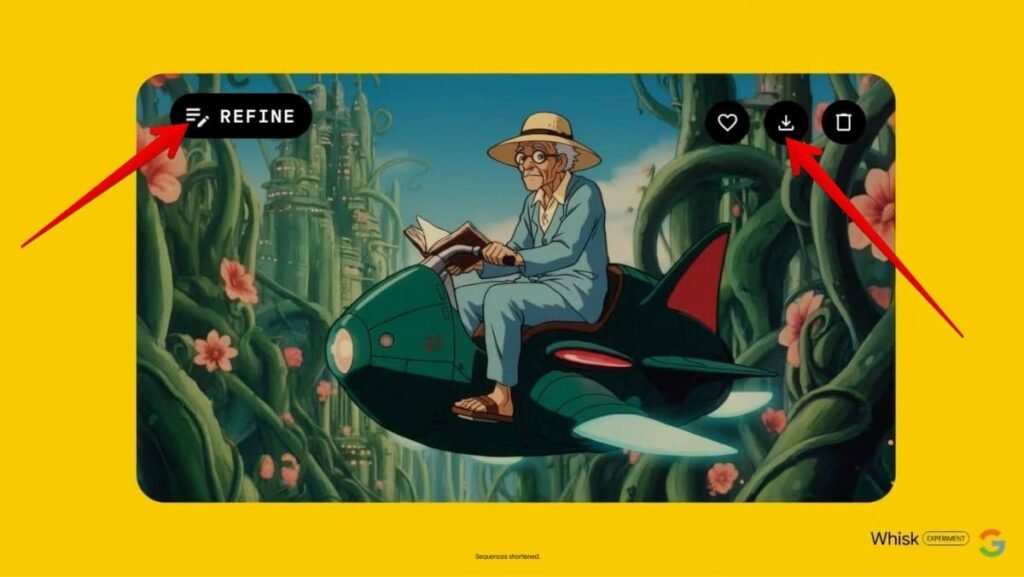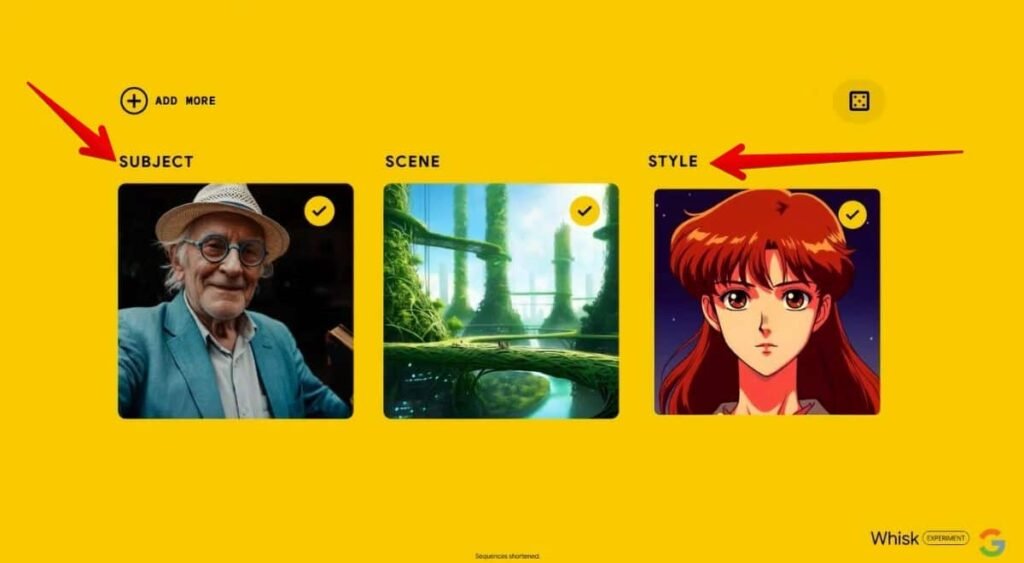Creating a precise text prompt to generate AI images often results in trial and error, with users frequently feeling disappointed by the results. Google’s new tool, Whisk, simplifies this process by allowing users to use images instead of detailed text descriptions to create modified or reimagined visuals.
But how does Whisk work, and how can you use it to generate creative AI images?
What is Whisk, and How Does It Work?
Whisk is the latest experimental tool available on Labs.google, powered by Google’s advanced AI models, Gemini and Imagen 3. Unlike traditional tools that replicate input images, Whisk identifies the core elements of an image to generate new ones. These elements include:
- Subject: The main focus of the image, such as a person, pet, or object.
- Scene: The background or setting, such as a serene beach or bustling city.
- Style: The artistic tone, like watercolor, animation, or futuristic aesthetics.
Using Gemini, Whisk analyzes uploaded images, generating a detailed textual description that captures the essence of the image, including subjects, colors, lighting, and context. This description is then used by Imagen 3, Google’s image-generation model, to create entirely new visuals.
Whisk allows users to mix elements from multiple images. For example, you could combine the subject from one photo with the background of another, applying the artistic style of a third, resulting in a wholly unique creation.
The tool emphasizes extracting the essence of an input image rather than replicating it, offering endless opportunities for creativity and conceptual storytelling.
How to Use Whisk for Creative Image Generation
1. Access Whisk:
Visit the Whisk homepage and log in using your Google account.
2. Choose a Template:
Select from three basic templates, each offering a unique visual effect:
- Sticker Template: Creates flat, 2D images resembling digital stickers with a simple, clear design.
- Enamel Pin Template: Adds depth and a polished look, ideal for creating elegant visuals.
- Plushie Template: Transforms images into playful, 3D, stuffed toy-like designs.
3. Select an Image for the Subject:
- Choose from Whisk’s library or upload your own image for the main subject.
- Incorporate personal or specific elements into your creations.
4. Image Analysis and Generation:
- Whisk uses Gemini to analyze your selected image, identify key elements, and combine them to generate a new image.
- If the result isn’t satisfactory, easily swap the subject or scene and regenerate.

5. Advanced Creative Control:
- Use the “Start from Scratch” feature to customize every element. Upload specific images for the subject, scene, and style or use text prompts for added precision.
- Refine results further by adjusting inputs or tweaking text prompts for improved outcomes.


5. Save and Download:
- Generated images are saved automatically in your Whisk library. Download them as JPG files for use in various applications.

Practical Applications of Whisk
Whisk isn’t just a fun tool; it offers practical uses across various industries:
- Graphic Design: Artists can quickly prototype ideas by blending inspirations from different images.
- Marketing: Brands can create unique advertising visuals by merging product elements with creative backdrops.
- Content Creation: Bloggers and influencers can generate visually striking, custom images.
Imagine creating a holiday card by combining a family photo with a snowy mountain scene and a vintage postcard aesthetic—all in seconds!
Future Potential of Whisk
Whisk balances creativity and control, providing users with active participation in shaping results. By combining visual and textual prompts, it caters to intuitive creators and those who prefer detailed customization alike.
Though still in beta, Whisk showcases Google’s commitment to advancing generative AI. As it evolves, it could become an essential tool for artists, designers, and anyone looking to push creative boundaries. By blending cutting-edge technology with imagination, Whisk offers a glimpse into a future where visual storytelling has no limits.



